
Consider options and timing
On November 20, the Department of Culture, Sports and Tourism of Da Nang organized a seminar to consult experts on plans to protect and excavate ancient ship relics discovered in the coastal area of Hoi An Tay ward (Da Nang city).
Here, experts from the Institute of Archaeology (Vietnam Academy of Social Sciences ) informed that the urgent excavation of the ancient ship is expected to take place in the end of the fourth quarter of 2025 and move to the urgent preservation location in the first half of the first quarter of 2026. The urgent excavation time of the ship is about 45 days.
Engineer To Chi Vinh, representative of the consulting unit for the design and construction of the ancient ship excavation, said that the planned construction solution is to construct the diaphragm wall and the reinforcement bracing system; dig drainage ditches and water collection pits, use high-capacity pumps to suck water and sand; conduct the archaeological work in order. Then, reinforce and harden the ship during the discovery process; transport the ship to the processing location. Finally, soak, drain the salt and set up a shelter for preservation.
The ancient ship relics discovered are located in the coastal area of Thinh My, Hoi An Tay ward, 4.7km north of Cua Dai. This ship was discovered at the end of 2023, and since then has undergone many times of silting and exposure at different levels. The time of the ship's clearest exposure on the morning of November 8, 2025, shows that the ship has a maximum width of 5m, the length of the exposed part measured 17.4m and the length may not be complete because it is still buried under the sand. There are currently no absolute dating results using the C14 (carbon-14) method.
According to this plan, the parties involved will proceed to press Larsen sheet piles, including a buried part and a deep exposed part to form a retaining wall. However, some experts do not agree with this plan.
Mr. Do Thai Binh , Vice President of the Vietnam Shipbuilding Industry Science and Technology Association, commented: “It is not necessary to use Larsen piles to excavate this coastal archeology. It is possible to use buoys to gradually bring the ship ashore and conduct a survey at the same time. In addition, it is advisable to consider using divers in combination with local fishermen and carpenters in Kim Bong village to survey the back of the ship during the process of bringing the ship up from the sand. This will be less costly and more effective.”
Mr. Nguyen Su, former Secretary of Hoi An City Party Committee, also agreed that excavation is extremely necessary but Larsen piles should not be used during the excavation of this ship.
“The use of Larsen piles is counterproductive to the current wave strength. Furthermore, it will not be feasible to carry out excavation at the end of the year when the waves are very strong. It is possible to study the implementation time after the Lunar New Year 2026 when the sea is calm and the shore is silted up, which will be much more favorable for excavation work,” said Mr. Nguyen Su.
Calculations for post-excavation process
Mr. Nguyen Su added that the area where the ancient ship was discovered around 1975 was still a fishing village of Cam An (old) coastal area. Therefore, the excavation of this ship could bring greater values about the formation of this land, not just limited to relics.

However, the optimal transportation and preservation plan once the ship is excavated is also an issue worth considering, to avoid negative impacts on the relics after salvage.
Dr. Nguyen Duc Thanh, Deputy Director of the Forest Industry Research Institute, said that the preservation of this ancient ship relic after excavation requires two stages: urgent preservation, temporary preservation, and therapeutic preservation. The purpose of urgent preservation is to eliminate as much as possible the compounds that can cause the ship's wood to rot after excavation. Some famous ancient ships in the world have suffered from this condition after being salvaged. Regarding temporary preservation and therapeutic preservation, there are two methods: soaking or spraying solutions and should be concentrated in one area, because in the future we may be able to salvage other sunken ships, which will be more convenient for handling as well as serving the public.
Ms. Nguyen Thi Thu Hoan, Deputy Director of the National History Museum, said that it is necessary to calculate the ship's condition in detail to reinforce the balance of force and safely transport the ship after salvage.
“Current cranes can lift artifacts with very large tonnage, but lifting relics and artifacts weighing one ton is difficult, while this ship weighs up to tens of tons. To preserve and promote the value after excavation, the location of the ship should not be too far from the location of discovery. In addition, after we bring the artifacts up, the issue of preservation and maintenance is not simple, so we must calculate it right now,” said Ms. Thu Hoan.
Mr. Tran Dinh Thanh, Deputy Director of the Department of Cultural Heritage (Ministry of Culture, Sports and Tourism) said that because the ship has sunk for so long under the sea, there is still a risk that we will not be able to keep the ship intact to bring it up. Therefore, during the excavation and transportation process, the authorities need to study the plan to disassemble and preserve the ship's parts. Later, if there are conditions, they will be reassembled, this process is still in accordance with the principles of conservation.
Source: https://baodanang.vn/phat-lo-tau-co-o-bo-bien-hoi-an-tay-can-toi-uu-hoa-phuong-an-khai-quat-3310743.html


![[Photo] Lam Dong: Panoramic view of Lien Khuong waterfall rolling like never before](/_next/image?url=https%3A%2F%2Fvphoto.vietnam.vn%2Fthumb%2F1200x675%2Fvietnam%2Fresource%2FIMAGE%2F2025%2F11%2F20%2F1763633331783_lk7-jpg.webp&w=3840&q=75)
![[Photo] National Assembly Chairman Tran Thanh Man holds talks with South Korean National Assembly Chairman Woo Won Shik](/_next/image?url=https%3A%2F%2Fvphoto.vietnam.vn%2Fthumb%2F1200x675%2Fvietnam%2Fresource%2FIMAGE%2F2025%2F11%2F20%2F1763629724919_hq-5175-jpg.webp&w=3840&q=75)


![[Photo] President Luong Cuong receives President of the Senate of the Czech Republic Milos Vystrcil](/_next/image?url=https%3A%2F%2Fvphoto.vietnam.vn%2Fthumb%2F1200x675%2Fvietnam%2Fresource%2FIMAGE%2F2025%2F11%2F20%2F1763629737266_ndo_br_1-jpg.webp&w=3840&q=75)

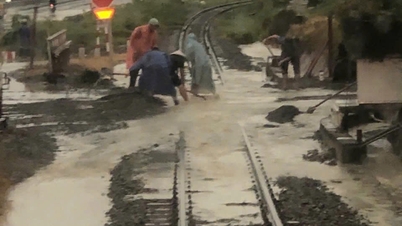






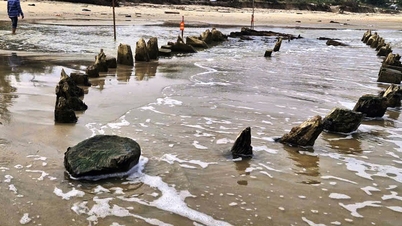


















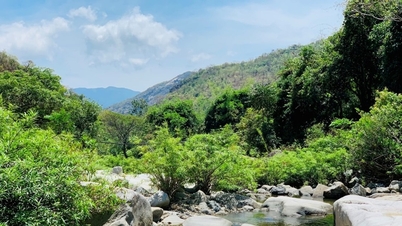

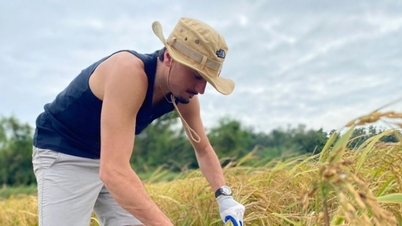







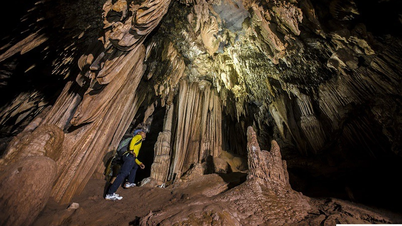

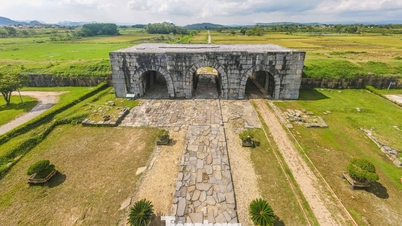

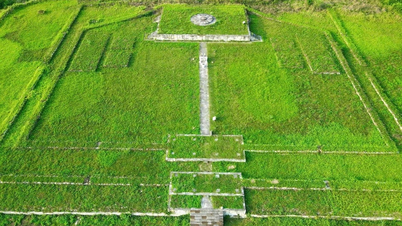




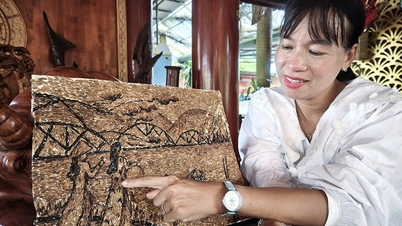





















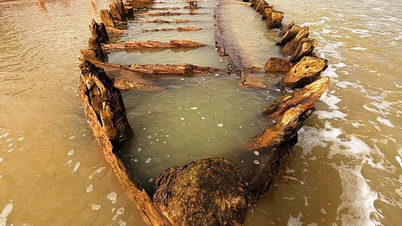










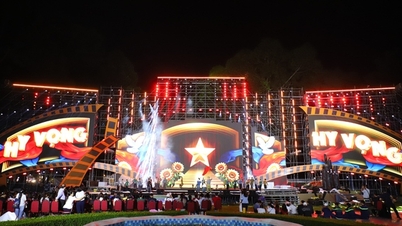


























Comment (0)